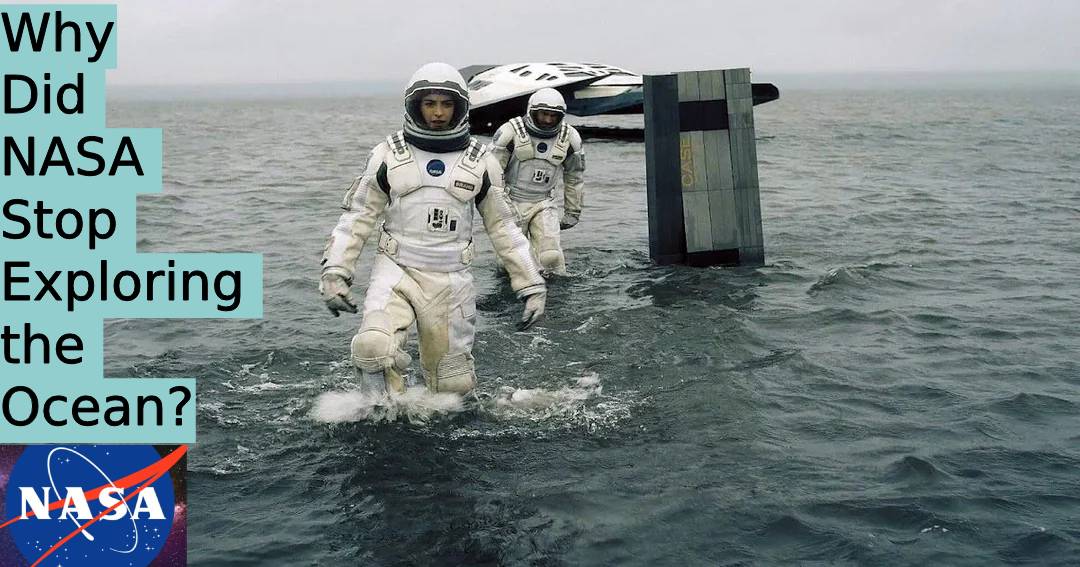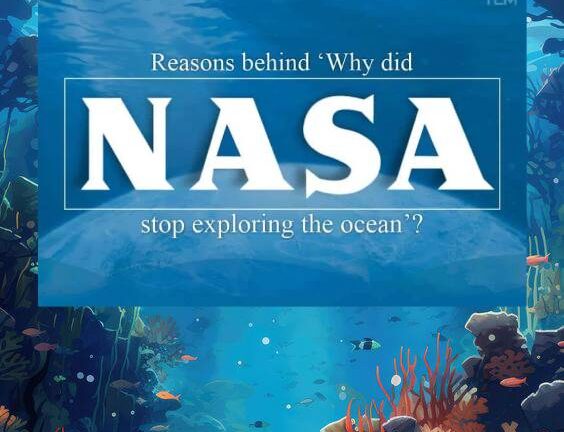You probably think of NASA as the space agency — sending rockets into space, landing on the moon, and exploring far-off planets. But did you know that NASA once did a lot of work exploring the ocean? Let’s find out Why Did NASA Stop Exploring the Ocean.
Why Did NASA Stop Searching The Ocean
Back in the 1960s, when NASA was busy with space missions, it was also interested in the ocean. One of its big projects was SEASAT, a satellite launched in 1978. SEASAT was like a space camera that looked at the ocean. It helped us see things like sea temperatures, wave heights, and ocean currents for the first time.
NASA didn’t stop with SEASAT. It worked with other groups like NOAA and WHOI to explore the ocean’s depths. These partnerships led to amazing discoveries and helped us understand marine life better.
Why Did NASA Move to Space
So, why did NASA stop exploring the ocean? It’s mainly because NASA’s job is to explore space. During the space race and the Apollo moon missions, NASA became more focused on space. Exploring space was a big deal and needed a lot of money.
NASA had to choose how to spend its budget. With limited funds, space exploration took priority. The Cold War with the Soviet Union also made space missions more urgent and exciting.
Ocean Exploration
Exploring the ocean is no easy task. It’s often said we know more about the moon than we do about our oceans. The deep sea is dark, cold, and under lots of pressure, which makes it tough to explore.
NASA faced many problems with ocean missions. For example, SEASAT worked for only 106 days before a technical issue. Deep-sea missions are expensive and risky, making it hard for NASA to keep up with them.
NASA’s Ocean Legacy
Even though NASA shifted focus, its ocean work still matters. Many tools developed for space, like remote-controlled underwater vehicles, are now used in ocean research.
NASA’s partnerships with NOAA and WHOI continue to benefit marine science. These collaborations have helped us learn more about the ocean.
Who Else is Exploring the Ocean?
While NASA moved on, other organizations took over ocean exploration. NOAA(National Oceanic and Atmospheric Administration)and WHOI (Woods Hole Oceanographic Institution)
are now the main players, making new discoveries like underwater volcanoes and unique sea life.
These groups make sure that ocean exploration continues, even if NASA isn’t leading the way.

NASA’s Ongoing Ocean Interest
Even though NASA focuses on space, it still keeps an eye on Earth’s oceans. Satellites like Jason help track sea levels, which is important for understanding climate change.
NASA’s Earth Science Division uses satellite technology to study ocean currents and temperatures. This work helps us learn about our planet’s climate and ocean health.
The Future of Ocean Exploration
The future of ocean exploration is exciting. New technology and private companies are making it easier to explore the deep sea. Companies like Ocean Infinity and global projects like the UN Decade of Ocean Science for Sustainable Development are driving new discoveries.
They aim to map the entire ocean floor by 2030 and find out more about what’s hidden under the sea.
What Made NASA Stop Exploring The Ocean
So, why did NASA stop exploring the ocean? It’s not that the ocean isn’t important. NASA’s main job is space exploration, and budget limits and the excitement of space missions led to this shift.
But NASA’s past work still helps us understand the ocean. As technology improves and new players join the field, we can look forward to more amazing discoveries both in space and under the sea.

